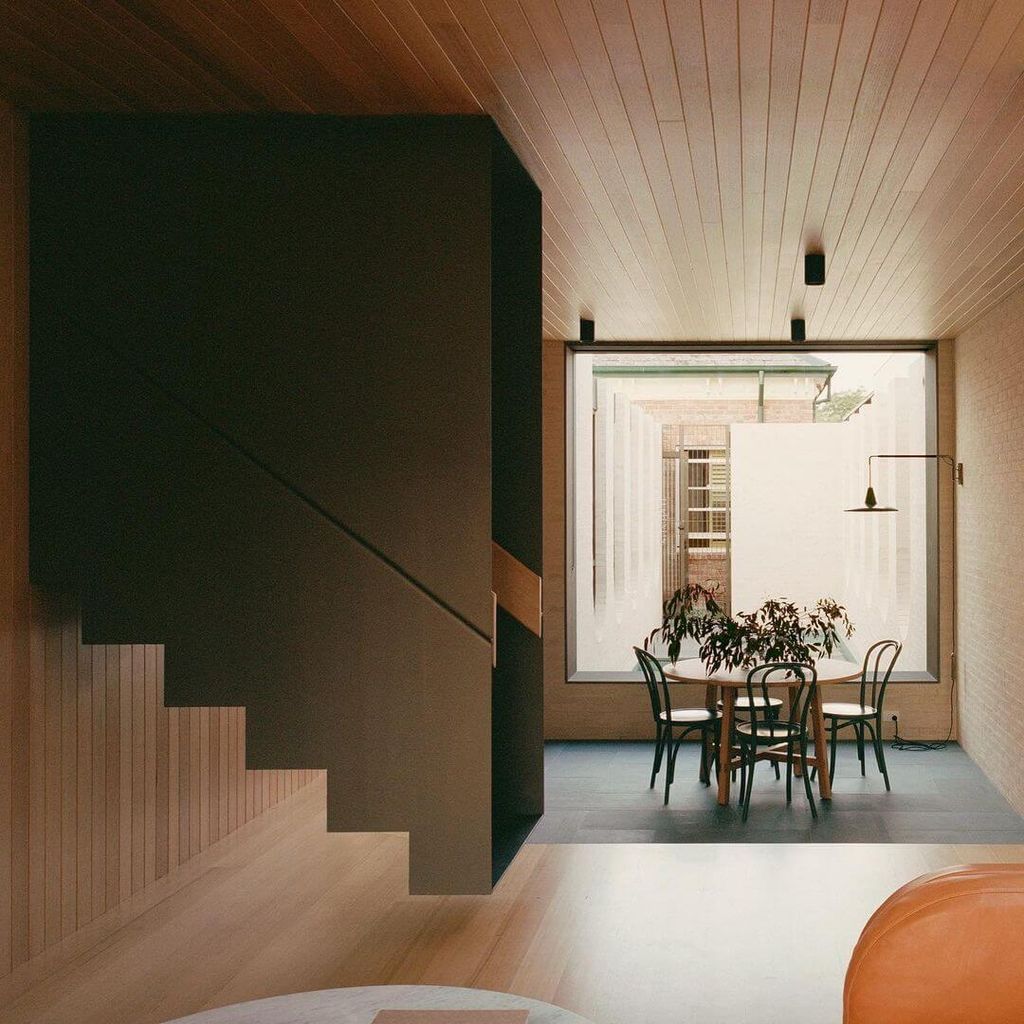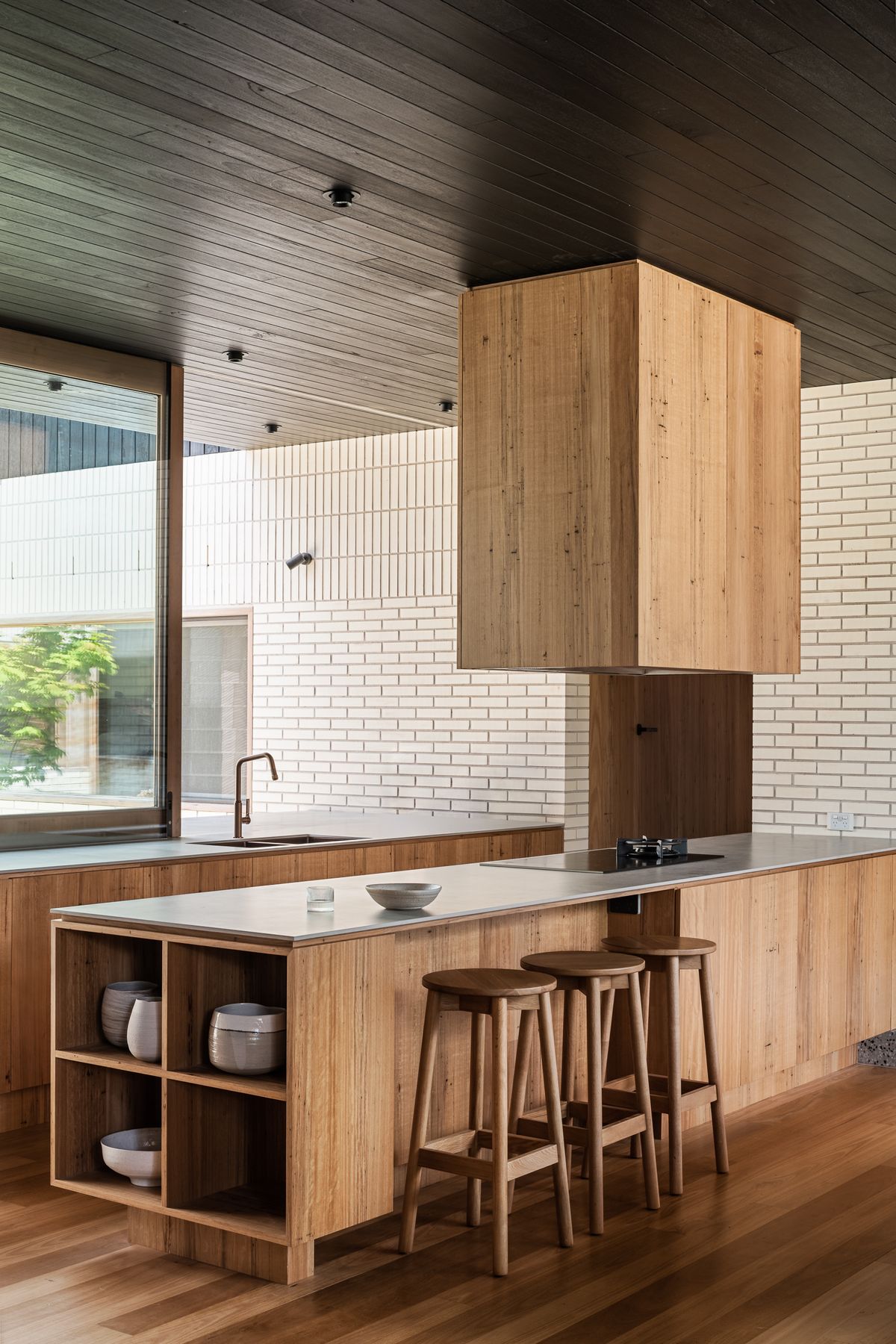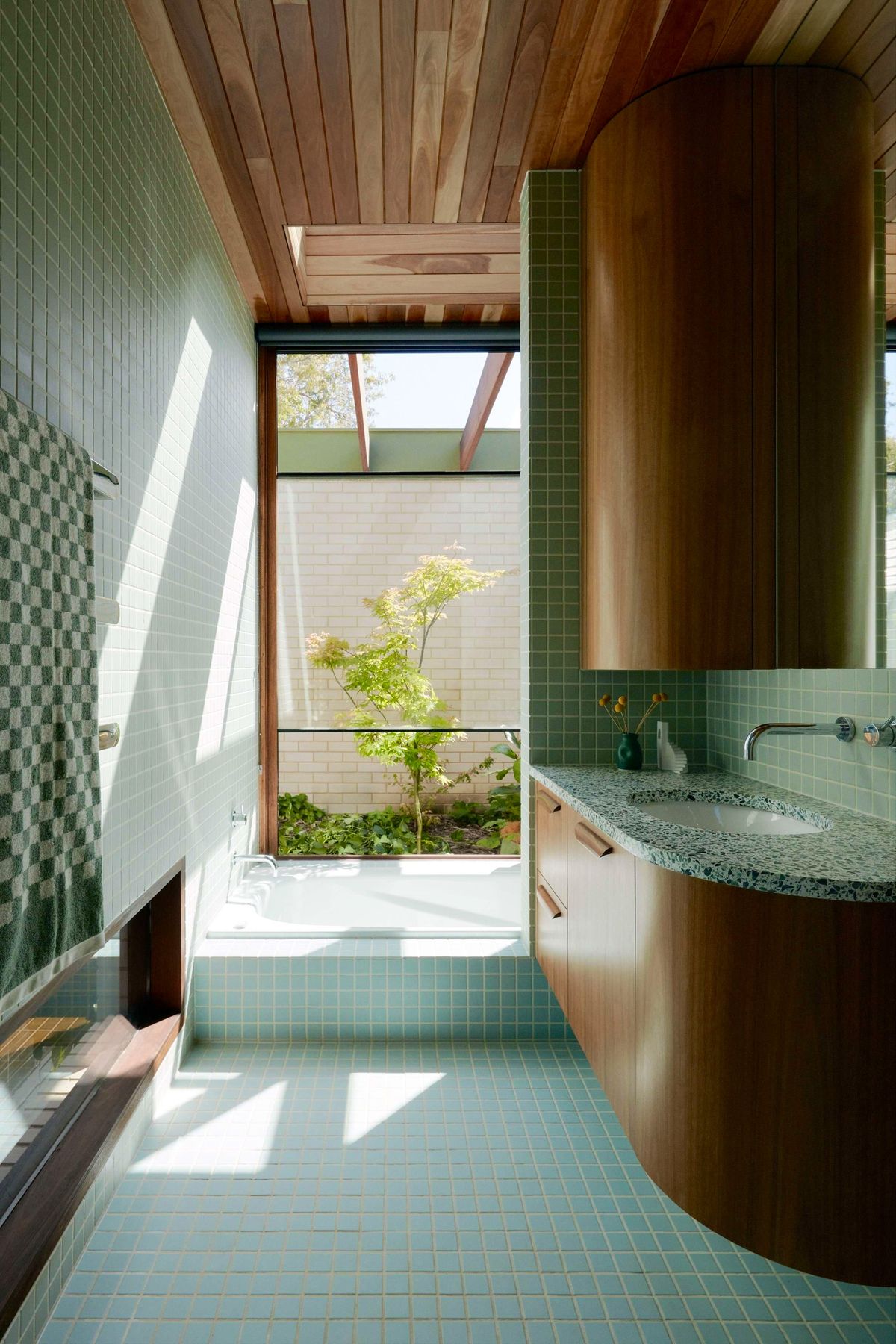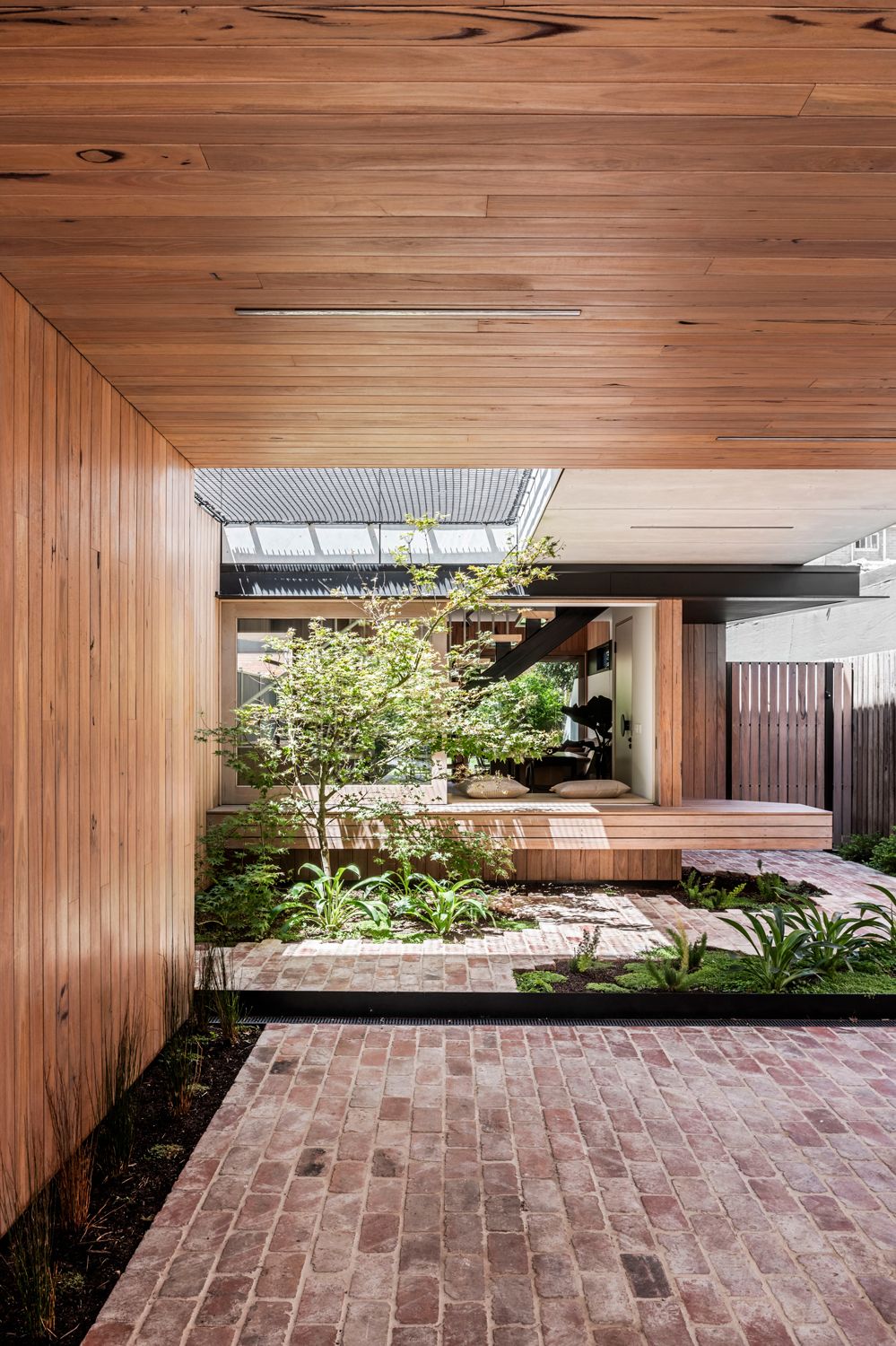The 21st-century architect
The potential for digital technology to atomise the way people work is increasingly being realised, driving an expansion of individually contracted labour against the use of full-time employees. As single-point coordinators for large, complex projects, architects are in a unique position to benefit from this change because emerging productivity technology can increase their effectiveness in a way that allows a single creative vision to be carried out far more thoroughly than before. When the use of this technology is considered holistically, a vision for how the 21st-century architect might work comes sharply into focus.
The use of remote, freelance workers by established businesses is growing as online platforms that facilitate such arrangements proliferate. A 2018 study of 6,500 executives found that over a third of them expected their business to increase the use of on-demand freelancers sourced from online platforms in the next four years. Architecture is not immune to this shift, as the same study showed the percentage of web-based freelancers operating in construction and real estate tracking almost perfectly with the average across all major industries.
The eventual result of this trend is an economic structure fragmented around the individual to an extent that the concept of a business as a single, hierarchical organization is no longer applicable. While this trend is frequently bemoaned as bad for workers because it allows businesses to hire freelancers without providing benefits like health insurance, the widespread nature of this change suggests such concerns are too narrowly focused on details that will necessarily adjust if it were to become the reigning form of working organisation.
Even if gaps in worker protections aren’t corrected, the technology that led to those problems can’t be un-invented, so it makes sense to look for new opportunities when inevitable change is at hand. For architects facing this change, there’s a distinct upside: their inherent position as the linchpin of design projects means the increased efficiency brought on by decentralised, digital working methods allows the creative vision of single person to be leveraged across projects far more completely than before.
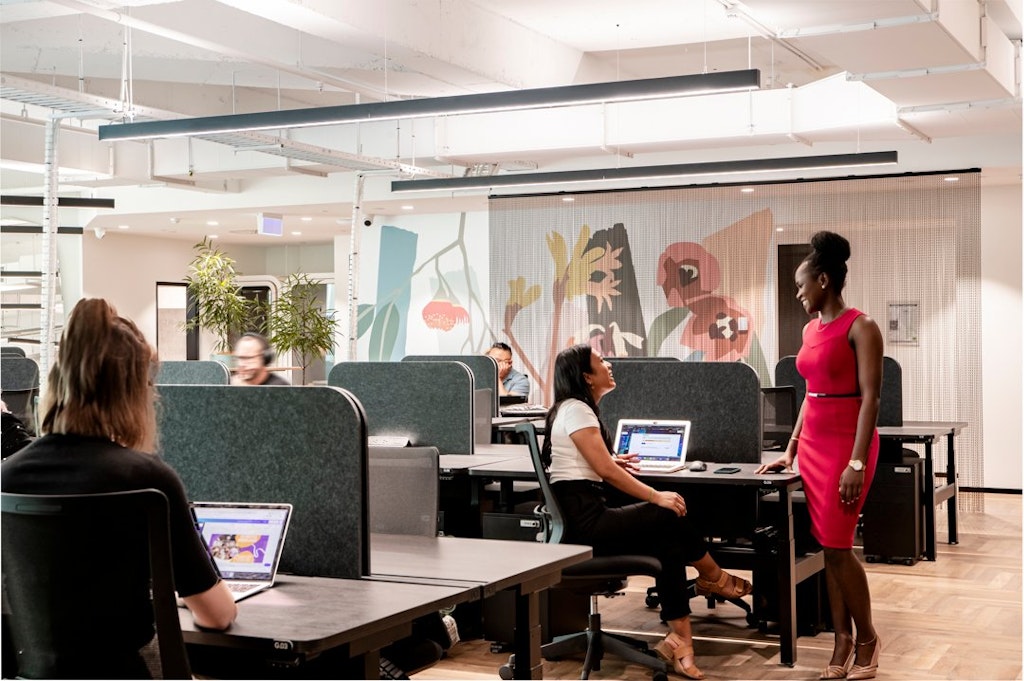
So if these changes in working structure come to pass, how can the 21st-century architect thrive as an independent contractor among widely distributed networks of independent contractors? To answer this question, consider how an architect might already operate using current productivity technology.
Today’s tech-savvy architect can use a freelance marketplace such as https://co-architecture.com/ to organize project-oriented tasks, paying a system of freelancers for individual work products rather than someone’s hours, days or years. This setup drastically reduces operating costs that favour place-based businesses for anything more complex than a very small building or renovation project.
Services already available from on-demand platforms include many of the daily tasks carried out in architecture firms: 3D modelling and rendering, as well as the production of diagrams and other digital assets made to explain design iterations. If the use of online freelancers expands as much as expected, then the capacity of the services on offer to complete the sort of work done in architecture firms can be expected to expand as well.
Coordinating architectural services in a purely digital environment also poses challenges place-based organisations avoid by housing project participants in the same space. Discussing a design at someone’s desk, making live edits to a digital file while multiple staff watch someone’s monitor is a common occurrence in design firms that’s currently difficult to replicate online.
The rise of virtual workspaces such as Slack, however, are quickly chipping away at that difficulty. Poised to replace email as the default form of business communications, virtual workspaces host sophisticated messaging, organised by topic. Increasingly integrated with software architects use, this can expedite the back-and-forth of reviews and approvals in design projects. Because projects often require various configurations of staff and consultants to complete different tasks, a virtual workspace can mirror this structure, significantly reducing the effort put into logistics.
In addition to day-to-day tasks, the 21st-century architect’s reliance on digital technology requires a robust digital infrastructure. For place-based offices, this means servers and IT staff, but the last several years have seen significant advances in cloud computing, bringing the cost of services like Google’s G-Suite within the reach of a single person.
Because an architect’s job involves synchronising the efforts of many professionals in groups that expand and contact based on the needs of a specific project, the universal accessibility and easy scaling of cloud computing amplifies the capacity of a single practitioner. Working exclusively in the cloud, the 21st-century architect can run a firm with exceptionally low overhead costs, saving significant time coordinating documents across a team while shrinking the distance between themselves and a job site.
Even with fantastic advancements in digital productivity, however, the value of face-to-face contact in a working environment is still very high. Commercial leases, often signed in 5-year increments, are typically one of the most expensive aspects of running a business, although shared workspaces, organized by companies like WeWork, have been fragmenting that practice with great success.
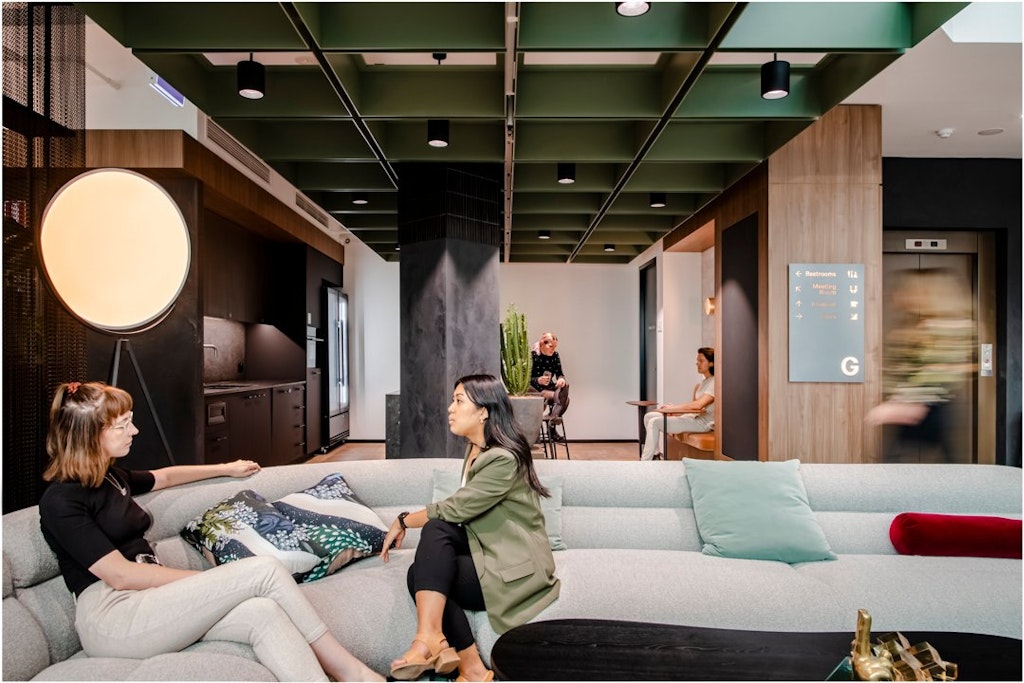
Traditional commercial leases, combined with the natural expansion and contraction of project teams, has dictated that architecture firms and the specialised subconsultants they intermittently rely upon must occupy and maintain their own spaces as separate businesses. Now, the widespread availability of month-to-month office leases combined with the latest digital productivity tools means a single architect can run a business built around the structure of their projects, assembling and disbanding teams in both physical and digital spaces as needed.
In concert, the tools described here can provide a more efficient process for building projects, ideally resulting in better buildings, although this has other implications for the profession. Because they can significantly expand the capacity of a single architect over a design team, these tools offer the 21st-century architect a level of direction over their work that was previously impossible. Used strategically, they can enhance the effectiveness of an individual architect enough to offer independence over projects that are currently too complicated or specialised to be within the reach of single practitioners, allowing adherence to a creative vision like never before.
This is not a trivial issue for architects. Taught to nurture individual creativity against design by committee, an architect’s discretion over their work can be regarded as near sanctity – an inclination that’s weathered poorly under an expansion of hyper-focused specialists over the last century or so. Digital productivity technology presents a way to harness the best of both a strong, comprehensive vision and the coordination needed to carry it out.
Embracing the nascent digital technologies outlined here is a way for the 21st-century architect to reconcile the profession’s tendency toward individualism with the reality of ever-larger groups of people needed to design increasingly complex buildings. Adopting such technologies is an opportunity to shift the dynamics of building projects back towards an understanding of architects as master builders, emphasising their role at the centre of design.
Article by Ross Brady


